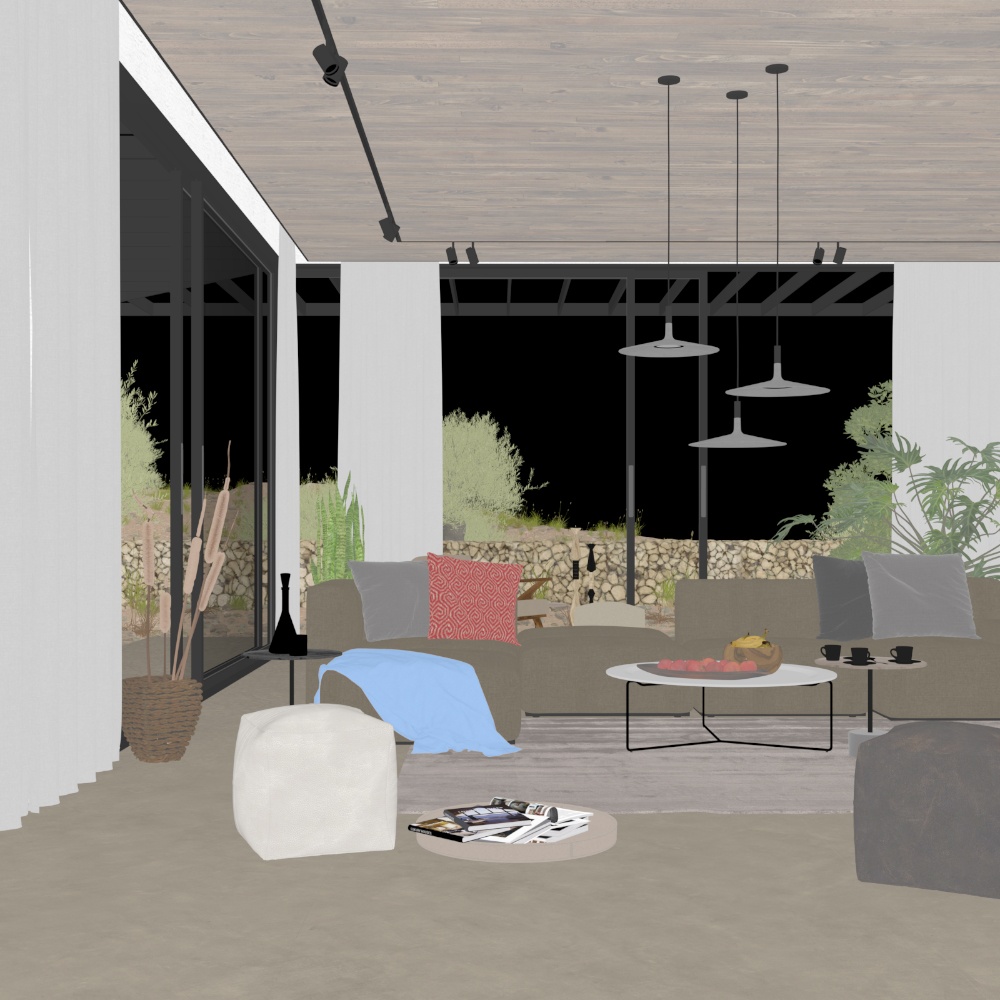This page provides information about the V-Ray Diffuse Render Channel in V-Ray for Blender.
Overview
The Diffuse Render Channel shows the colors and textures used in materials, flatly applied to objects with no lighting information. The colors are the actual colors set in the material definition, and each texture appears as it does in the texture (file) itself. There are no highlights or shadows, and every background image is excluded.
Other render channels that include colors from materials are said to include the diffuse contribution or the diffuse component of the rendered scene. The Diffuse Render Channel contributes to this diffuse component; any render channel that includes this diffuse component is a combination of vrayRE_Diffuse and other render channel(s).
Note that the Diffuse Render Channel is affected by reflection and refraction combined weight.
This render channel is useful for making overall adjustments and enhancements to base colors and textures during compositing without affecting reflections and highlights.
UI Path: ||V-Ray Node Editor|| > World > Render Channels > Advanced > V-Ray Diffuse

Properties
See the Render Channels page to find out where you can find these properties.
Channel Name – Customizable name for the render channel.
Enable Deep Output – Specifies whether to include this render channel in deep images.
Color Mapping – Applies the color mapping options specified in the Color Mapping rollout of the V-Ray tab in the Render Settings window to this render channel. This option is enabled by default.
Consider For Anti-Aliasing – When enabled, anti-aliasing is used where possible.
Filtering – Applies an image filter to this channel.
Derive Raw Channels – Generates data in the raw channels by combining the respective color and the filter color channels.
Vfb Color Corrections – Applies the post-render color adjustments made from the VFB.
Denoise – Enables the render channel's denoising, provided the Denoiser is enabled.


